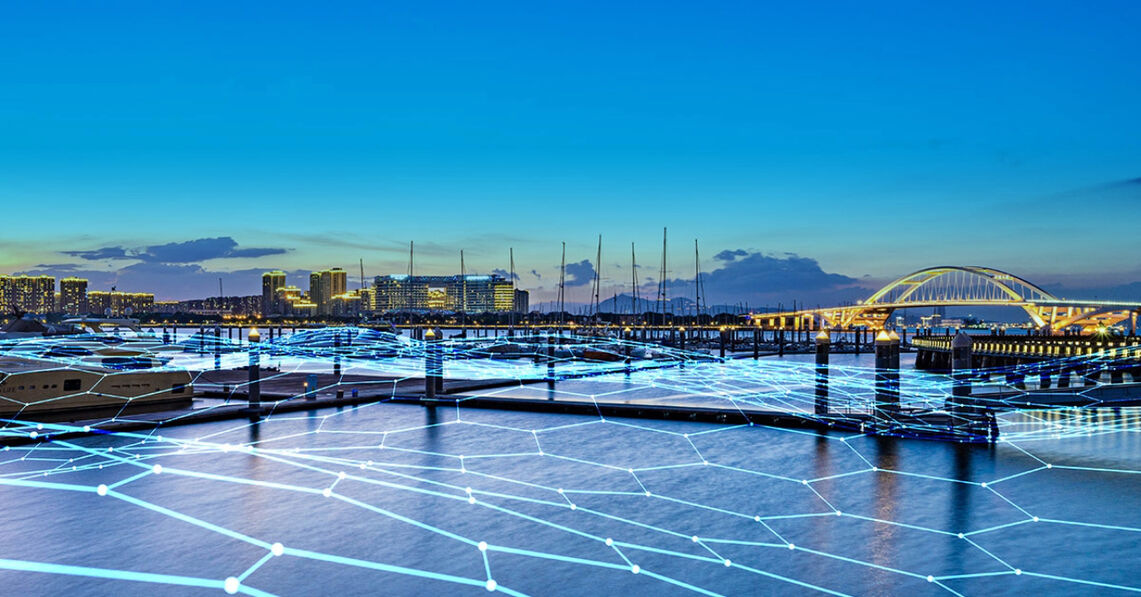What we once saw as just four walls and a roof is now changing into something much more intelligent. Like the devices that stay inside your home—take your Alexa’s, Google Home’s, and Siri’s—the buildings themselves are becoming transformed by the power of artificial intelligence (AI) and the Internet of Things (IoT).
Forbes writes that the smart building market is booming. The global smart building market was valued at approximate $7 billion in 2014 and is expected to reach approximately $36 billion by 2020. Smart buildings are now known as “automated structural models” that can respond to real time events. This means that residents, employees, and visitors can all have a more hands-free experience while also utilizing energy in resourceful ways. For example, the lights may go on when you enter a room or off once you leave an area. The elevator is at your beck and call. Employees can book conference rooms quickly and easily. Air conditioning or heating comes on when the building senses your presence. Security always knows when someone is in the building.
And the movement goes beyond just homes and offices; IoT connected devices are making their way into airports, hospitals, and data centers. The Industrial Internet Consortium just recently launched its smart buildings challenge, a program where technology suppliers can collaborate with customers to create products for smart buildings. The goal is to create smart building technology that can then go on to Proof of Concept in a shopping mall.
Cisco has been helping create smart buildings around the world, even outfitting the cities that surround them so that whole communities and countries can be smart and connected. The company works to bring five main innovations to accelerate digital transformation and the construction of smart buildings. These include IP convergence and interoperability of different building systems, extending Cisco’s Digital Network Architecture to buildings, fast and Perpetual Univeral Power over Ethernet (UPOE), simple smart installation of tech, and fan-less design for noise-free deployment.
The city of New Orleans is just one example of how Cisco’s IoT technology is being used in a community to increase the quality of life. New Orleans uses Cisco IR829 Industrial Integrated Service Routers throughout the city to increase police efficiencies. This ultimately improves public safety by providing local police with real-time incident video footage and upgrading their wireless radios over a secure, Wi-Fi network. Learn more about what Cisco and New Orleans are doing together by checking here.
###
The contents or opinions in this feature are independent and may not necessarily represent the views of Cisco. They are offered in an effort to encourage continuing conversations on a broad range of innovative technology subjects. We welcome your comments and engagement.
We welcome the re-use, republication, and distribution of "The Network" content. Please credit us with the following information: Used with the permission of http://thenetwork.cisco.com/.




